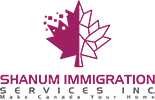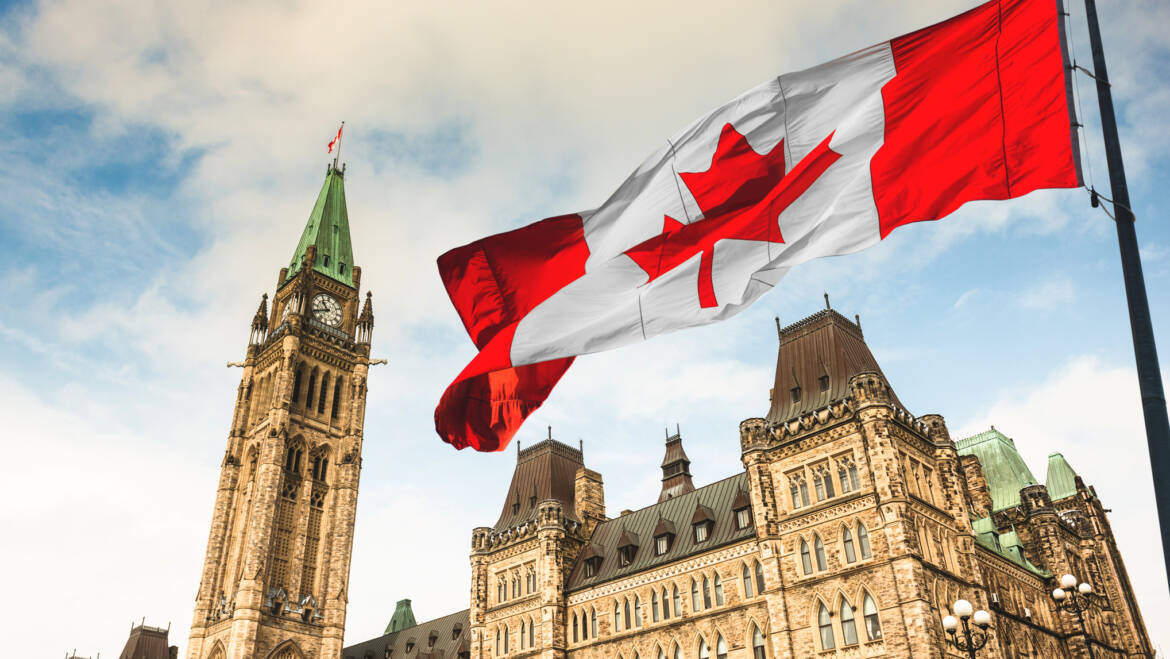Canada’s New Visitor Visa Policy
If you’re planning a trip to Canada soon, there are some new visa policies to keep in mind. Canada has recently announced significant changes to its visitor visa policy, specifically moving away from the widely used 10-year multiple-entry visa. Immigration, Refugees, and Citizenship Canada (IRCC) has introduced these new guidelines as part of a larger immigration strategy aimed at better managing temporary immigration. Here’s what these changes mean for travelers and what to consider when applying.
These cahnges looks like a continuity of th epolicies announced during the past year for reducing the immigration intake in teh Immigration level Plan 2025-2027 in various pathways, cutting down on temporary foreing workers and changes to International students and PGWP requirements.
Why Has Canada Changed Its Visa Policy?
The new guidelines reflect Canada’s ongoing efforts to address housing shortages and rising costs of living, which are partly influenced by temporary immigration levels. By giving immigration officers more discretion to tailor visa types and lengths, the IRCC aims to achieve a fairer, more individualized approach to managing visitors. The shift also aligns with Canada’s strategy to balance both temporary and long-term immigration goals while tackling economic challenges
What is different?
Previously, most visa applicants were automatically assessed for a 10-year multiple-entry visa, which allowed them to enter Canada as often as they liked during the visa’s validity, up to ten years or until their passport expired. This was especially beneficial for frequent visitors, as it eliminated the need for repeated applications.
Under the new policy, multiple-entry visas with maximum validity are no longer the standard. Officers will now decide whether a single-entry or multiple-entry visa is more appropriate based on an applicant’s specific circumstances, such as the purpose of visit and financial stability. Travelers may need to reapply more frequently, which could mean additional costs and paperwork for repeat visitors.
Key Factors Immigration Officers Now Consider
The IRCC’s updated guidelines outline several factors that immigration officers will use when determining the type and length of visa to issue. Here are some of the main considerations:
- Purpose of Visit: Officers will assess whether the applicant is visiting for a one-time event, such as a conference or tourism, or if they plan to visit frequently, for example, to see family. Compassionate visits, such as for family emergencies, will also be taken into account.
- Financial Stability: Applicants with steady financial resources, either personally or through a host in Canada, may be more likely to receive a multiple-entry visa. Proof of financial stability, either through an employer or family sponsorship, can be important to support the application.
- Medical Considerations: For travelers with medical conditions or those seeking treatment in Canada, health insurance and mitigation plans will be crucial. In such cases, officers may opt for shorter validity periods to ensure adequate coverage during the stay.
- Ties to Home Country: Strong connections to an applicant’s home country, such as employment or family obligations, may favor the issuance of a multiple-entry visa. Conversely, applicants from unstable regions may receive shorter visas.
- Travel History: Previous international travel and compliance with Canadian or other countries’ visa rules may support a multiple-entry visa application, while a history of visa refusals may lean towards a single-entry option
- Country of Residence and Stability: Yes, immigration officers often take into account the applicant’s country of residence and its stability when determining visa duration and approval conditions. If the applicant’s home country is experiencing significant political unrest or economic instability, officers may assess that a longer-term visa poses a higher risk for overstaying or asylum-seeking. In such cases, a shorter visa duration or increased scrutiny might be applied as a precautionary measure.
Single vs. Multiple-Entry Visas: What’s the Difference?
A single-entry visa allows travelers to enter Canada once and is typically issued for specific events like conferences or temporary stays. In contrast, a multiple-entry visa enables visitors to enter Canada multiple times over the visa’s validity, allowing up to six-month stays per visit. With the new policy, the validity period of multiple-entry visas may vary significantly and may not reach the previous 10-year maximum.
What This Means for Applicants
For travelers, the new guidelines mean that visa applications are likely to become more customized, with immigration officers closely examining each applicant’s background, intentions, and financial situation. Here’s how the changes could impact you:
- More Documentation: With increased discretion, immigration officers may require additional proof of finances, travel intent, and ties to home country, especially for those seeking multiple entries.
- Potentially Shorter Validity: Applicants accustomed to the 10-year multiple-entry visa might now receive shorter validity periods. Frequent travelers may need to reapply more often, adding to the overall travel planning and costs.
- Tailored Visa Decisions: Each application will be evaluated on its own merits, which may lead to more tailored outcomes. For example, compassionate or family visits could qualify for multiple entries, while one-time events may be better suited to single-entry visas
Planning Ahead
If you’re planning to visit Canada under the new visa guidelines, it’s crucial to understand how these changes might affect your travel plans. Here are some tips:
- Prepare Thoroughly: Have all required documents ready, including financial statements, proof of relationship with any Canadian hosts, and health insurance if needed.
- Plan for Additional Costs: Multiple reapplications could add costs to your travel, so consider these expenses in advance.
- Stay Updated: Visa policies can change, so stay informed about Canada’s immigration guidelines to ensure smooth future trips.
In summary, Canada’s revised visa policy shifts the focus towards a more personalized assessment, which can benefit those with strong ties and stable financial backgrounds. For many, it’s a move toward a fairer system, even if it comes with new requirements and considerations.
Professionl Help: This is a huge shift in the policy and will upset many interested poeple who want to visit Canada. With the changing requirements and guidlines for officers to decide applicaitons considering many factors, calls for a thoughtful and carefull application that coul enhance chances of approval. You may hire service of any immigrational practitioners.
We are here to help. Our team of immigrationa law experts can take care of your applications. You may book a consultation to know more about the policies.


Add Comment